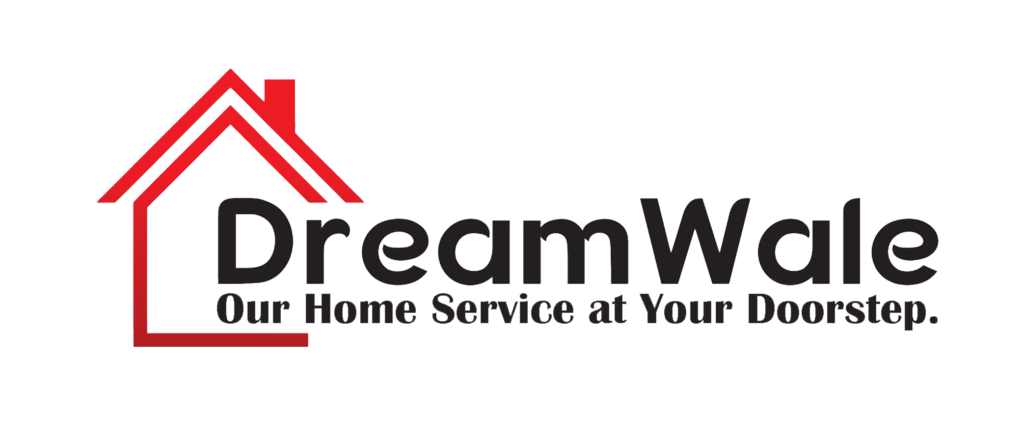Content
A wake lock is when an app overrides the system setting for turning the screen off after a certain amount of time of inactivity. Ensuring that users don’t have yet another account to remember is actually a pretty nice thing you can do for them. Mobile payments greatly enhance the customer experience and also tie in nicely with your app in a variety of ways (like if you have a loyalty component built-in to it).
Microsoft gives developers 30 pixels to play with to improve Progressive Web Apps – Windows Central
Microsoft gives developers 30 pixels to play with to improve Progressive Web Apps.
Posted: Wed, 28 Sep 2022 07:00:00 GMT [source]
According to the research, the number of mobile users in the world will reach 3 billion by the end of this year. Please don’t hesitate to drop us a line if you want to learn more about the latest PWA vs Native 2020 trends. While PWAs are SEO-friendly, Native Apps got App Store Optimization and Apple Search Ads alternatives instead.
What is a Progressive Web App?
If you wish to leverage the mobile web for your business expansion, you can know better by this helpful webinar by the tech expert from Magento & CedCommerce, respectively. Battery consumption – PWA consumes more battery than Native Apps. The reason is simply that PWA operates under a browsing app and has no direct control over battery consumption. The consumption, therefore, depends on the latency of the browser. The Native app directly performs under the operating system, which allows them to calibrate efficiency and power consumption.
Native mobile apps on this platform can access all kinds of sensors and hardware on the smartphone. Although Progressive Web Apps do not need any installation from the app store, which probably saves data and time of the user. If you are a PWA user, you can enjoy the benefits of offline mode because PWAs function in even the weakest network conditions.
- Since these apps are integrated with the device’s OS, they inherit the device’s OS interfaces and runs with more flexibility and smoothness.
- A native app is developed only for a specific platform or device.
- PWAs work on the capabilities of HTML5, which is what users need to access the web on modern browsers.
- In a nutshell, progressive web applications are an emerging technology from Google.
If the application is expected to be heavy in terms of data load and you do not want to compromise on the loading speed, you should go with PWA. When first downloading a PWA, the user does not download all the content of the app, as in the case of mobile progressive web app vs native app applications. Respectively, progressive web apps use a tiny portion of the phone storage, which will definitely be appreciated by your users. For companies specializing inPWA development services, progressive web apps are known for numerous benefits.
Progressive Web Apps (PWA) vs Native Apps
For native apps, there are two chances for them to show up in search results. There may come a time when a native app requires a manual update, but, for the most part, the process is automated and users will barely detect when an update has gone through. Unfortunately, your ad blocker blocks more than the ads so if you don’t turn https://globalcloudteam.com/ it off, some functions of the site (e.g. access to additional resources) may not be available. You want an app that takes advantage of each OSs’ functionalities. Unlock the hidden potential of data to drive tangible business results. The second function is to allow users to report an accident right from their smartphones.

They also come with caveats that mean complicated use cases might not be possible to pull off uniformly across all devices. The “write once, deploy everywhere” workflow behind PWAs is at the core of all of these development benefits, and it is probably one of – if not the single greatest – benefit of PWAs. New on the scene – only seeing more widespread adoption in recent years – and at first glance, they can be indistinguishable from a regular web application.
Some functions of a phone are available for native mobile apps and unavailable for progressive web applications. For instance, a PWA cannot use Bluetooth, which is necessary for connecting with smart devices or using indoor geolocation. PWAs can store data in the cache on a user’s device, thanks to service workers. This allows users to always stay up-to-date, regardless of the internet connectivity. Twitter, for instance, provides a progressive web application but they also have native mobile applications for iOS and Android.
Terraform vs. Ansible: Key Differences and Comparison of Tools
Building a progressive web app is cheaper than developing a native app. With the native app, create two separate applications for the iOS and Android platforms. This means you need at least two versions for iOS and Android, and the resources to maintain and update each version. RN apps boast a better native-like user experience since they use native components for UI rendering.
Push notifications are only sent to users who allow an app to deliver them. They help you stay connected with your consumers and keep them updated. Thus, the users are more likely to visit an online store or check services to see what’s new. A PWA is quickly and easily installed, meaning smaller chances of losing your customer. As a result, your customer retention rate can be significantly improved.

In addition to app stores, PWAs can also be installed from the browser. Once the user finds a PWA in their browser, they can then save the PWA to their home screen just as they would with a native app; however, installation is unnecessary. The only challenge the user may face is saving it to their home screen. Native apps are developed with the programming languages of each platform (Objective-C and Swift for iOS and Java for Android), whereas, PWA uses HTML, CSS, and JavaScript. Since these apps are integrated with the device’s OS, they inherit the device’s OS interfaces and runs with more flexibility and smoothness.
Low Development Cost
Native apps have changed the way consumers interact with businesses—the app is a marketing tool and storefront all in one—and PWAs are perfectly suited for this use. The ease with which a business can get a customer using their app is crucial in this regard. Easy choice, with a decision that was usually pretty easily made. If you had the resources to throw at a mobile app, you threw it with wild abandon. Taking all business challenges into account, building a PWA solution was the most suitable option.

You need at least two development teams to build a project from scratch for each platform. Thus, you can ensure that both Android and iOS users will utilize your mobile app. Moreover, the final product requires constant updates and maintenance on two different OS.
Autonomous Features
When you compare it to a mobile or even a responsive site, you will soon see that PWAs are able to load much faster. At the heart of any PWA are scripts that run in the background that are completely separate from the website page. You can manage requests, prefetch, and even cache responses or sync data. This means that after your app has been added to the home screen, you can load it up instantly and can even use it offline or in poor network conditions . The one issue is that PWAs run from a browser and this means that there can often be latency, or more battery consumption when compared to a native app. Because native apps can tie into the operating system, your hardware can deliver a better experience.
By taking advantage of custom web development, businesses can create a well-customized PWA with all the relevant features to leave a better impression on their customers. There won’t be an option for hardware acceleration, though animations will look just as smooth as native mobile apps. This all means that when you develop a native app, you have to submit it for consideration to Google and Apple.
Native apps will generally cost $50,000 to $100,000 to get first versions out on iOS and Android, and another 20% of that annually for maintenance and updates. React Native is a JavaScript framework for writing real, natively rendering mobile applications but you can build a PWA using react native. A regular web app is a kind of website that you can access through a URL. Further, these web apps have several features that make them look and feel like native apps but they cannot be installed on any device. A progressive web app is the next level of a web app that not only looks and feels like a native app but can also be installed on a device.
The benefits of PWA outweigh the cost of Native apps
Among the millions of apps, locate your program and download and install it . It should have at least one quality from the following if your want your app to be located with ease resulting in more downloads. I’m the marketing manager at Armia, my works are focused on mobile and web technology. They can’t access alarm, bookmarks, and calendars on your mobile.
Readers can share links from your PWAs to anyone, and the recipients can open the link without downloading the app first. Some native apps require the recipients to download the app first before being able to open the content of the link. In certain instances, applications are rejected for various reasons, including copyright infringement, plagiarism, or plagiarism. Developing a PWA is much faster than the time-consuming native platforms if you are working with a strict time-to-market date. It is essential to have at least two developers develop an app from scratch for every platform.
Although PWAs are better than a native mobile app, they aren’t necessarily more convenient or user-friendly. Your business application can get great flexibility when creating a native mobile app because you can design the interface the way how you wish to have it. You won’t have this choice of flexibility if you decide to develop a PWA than a native mobile app for your business requirement. That said, any business can develop a PWA solution to expand its digital footprint and ensure a delightful user experience.
Still, they use the latest version of a progressive web app every time they access it. The point is that a native app shows the content and the functionality it managed to cache when the connection was still there. This is available due to local storage and smooth data synchronization with the cloud. When it comes to PWA software, the process of distribution is different. Since it’s a website, a user doesn’t even have to know that you have a PWA.
Even if you somehow created a flawless app, you will still need to upgrade it from time to time. It is essential to keep the app compatible with the latest changes made by the platform itself. For instance, Android releases a new patch over its previous version every few months for various reasons, including security.
